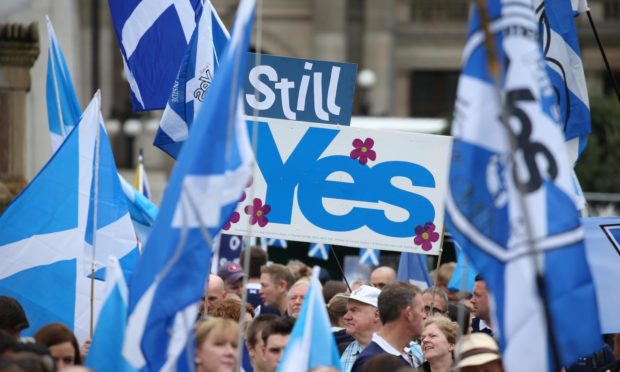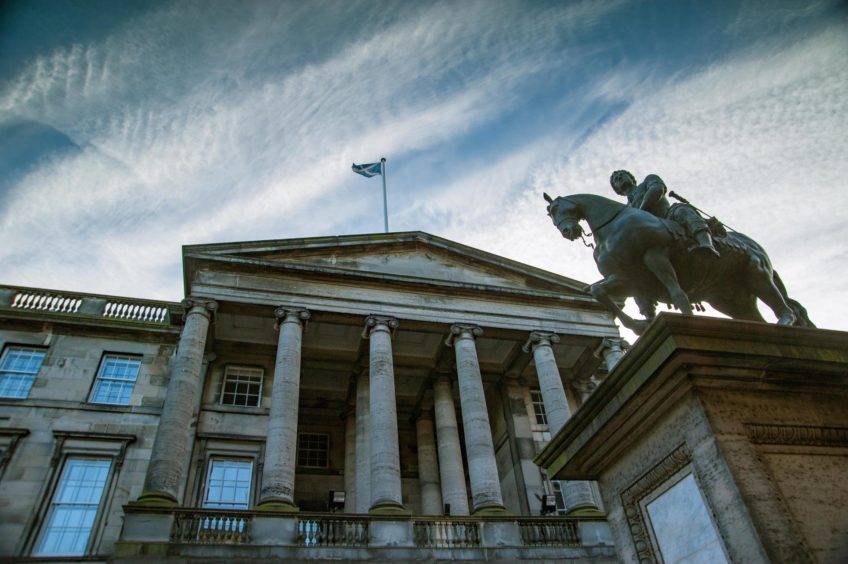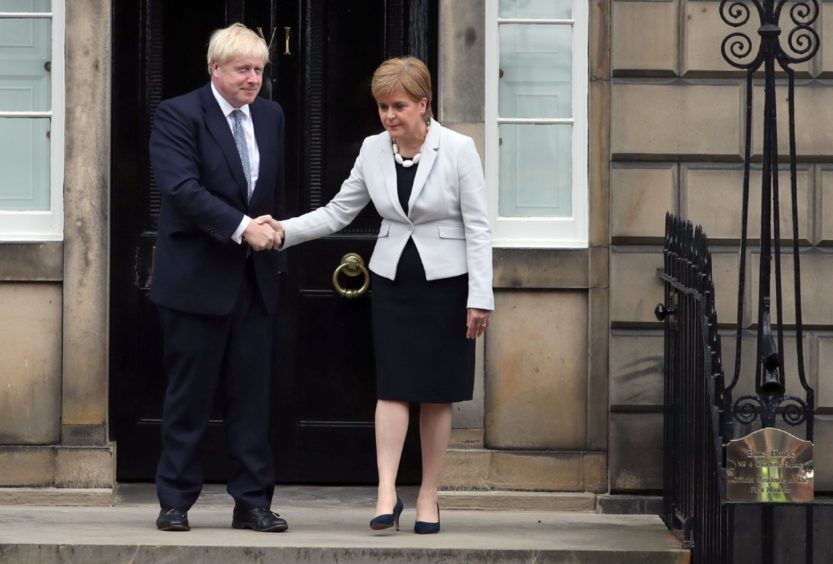Does the Scottish Parliament have the power to legally authorise a second referendum on Scots independence without first obtaining the consent of the Westminster Parliament?
Through an order made under section 30 of the Scotland Act 1998, Westminster granted permission for a Scottish independence referendum (ultimately held in 2014) as part of the 2012 Edinburgh Agreement. But Boris Johnson’s current government has repeatedly stated it will not agree to ‘IndyRef2’.
This was the issue to which Martin Keatings, a campaigner and strong supporter of Scots independence, sought a premature answer. Keatings recently raised his case before the Court of Session on behalf of the Forward As One group, arguing that the Scottish Parliament has the power to legislate for a second referendum without the need of first obtaining the consent of Westminster through a section 30 order, as had occurred in 2012.
In February, Keatings lost his case at first instance before the Outer House, and last week his appeal before the Inner House of the Court of Session was rejected. That he failed to persuade the court to rule on the legal validity of a mere possible bill will come as no surprise to any lawyer.
Courts don’t rule on hypothetical situations
It is a fundamental principle of court procedure, and indeed common sense, that courts do not rule on hypothetical situations of any kind. Law courts exist to solve real present problems, not potential future ones.
A possible bill is a legislative phantom. Courts cannot rule on things that do not legally exist
As the Advocate General, the UK Government’s Scots Law adviser, rightly commented in his arguments against Keatings, the courts are “neither a debating club nor an advisory bureau.”
In the specific context of the facts of this case, the Court of Session was entirely correct in its decision. Firstly, a bill (let alone a possible bill) is merely a parliamentary proposal with no legal existence. It is a legislative phantom. Courts cannot rule on things that do not legally exist.
Secondly, it would be major violation of the separation of powers if the courts were to interfere in the progress of actual bills through the Scottish Parliament. To allow such interference with parliamentary proceedings would open up the spectre of endless court actions by disgruntled parties, especially wealthy ones. This would completely confuse the proper spheres of political and legal debate.
Does Holyrood have the power to call IndyRef2?
Having disposed of Keatings’ claim on procedural grounds, Lord Carloway took the opportunity to give his preliminary thoughts on the substance or merits of the case. Unsurprisingly, the Court of Session provided little comfort for holding IndyRef2 without the permission of the Westminster Parliament.
“Were the court to have been of the view that it ought to have answered the questions asked, it would have done so as a matter of straightforward statutory interpretation,” he said.
So the powers of Holyrood are to be assessed by considering the exact wording of the Scotland Act 1998. This is the orthodox legal view that, as the Holyrood Parliament is – to use a phrase beloved of lawyers – a “creature of statute”, that creature only has the powers conferred upon it by the omnipotent Westminster “creator”.
On the issue of the competence of Holyrood to authorise IndyRef2, the court remarked: “The question would have been whether an Act to hold a referendum on Scottish Independence ‘relates to the Union of the Kingdoms of Scotland and England’ or ‘the Parliament of the United Kingdom’ having regard to its effect in all the circumstances.
“Viewed in this way, it may not be too difficult to arrive at a conclusion, but that is a matter, perhaps, for another day.”
This can be taken as a strong hint the Lords Carloway, Menzies and Doherty (who composed the court) do not think Holyrood has the power to call an independence referendum without Westminster’s permission.
We could be headed for political crisis in Scotland
Keatings’ phoney constitutional law war has ended as almost every informed observer thought it would: in defeat.
Ultimately, it was always a sideshow. Nothing of significance in the constitutional debate over holding an independence referendum, either in law or politics, has changed. But sometime soon the real legal war may begin.
At some point between 2021 and 2023 it is almost inevitable that Holyrood will pass a bill to hold IndyRef2. It is possible that Westminster will bow to the political wind blowing from Scotland and grant the required legislative consent under section 30 of the Scotland Act. In that case, the battle for independence will be fought on the political battle ground, which is where it should be fought.
If, however, the present Conservative government refuses, then it is inevitable that the validity of that IndyRef2 Bill will be challenged by the Advocate General on behalf of the UK Government and taken to the Supreme Court. That case will effectively be the UK Government versus the Scottish Government and will arguably be the most important constitutional court case in British legal history. It will do much to shape the future of politics in Scotland.
If the Supreme Court were to rule that the consent of Westminster is an essential prerequisite to holding a lawful second referendum, it would effectively give the UK Government a veto on when, if ever, another vote can take place.
Such a legal decision would almost certainly create a political crisis in Scotland, as it would turn the union of Scotland and England from one based on political consent to one based on legal coercion – the UK as a prison rather than a partnership. Whatever your views on independence, such an anti-democratic outcome is highly undesirable and dangerous.
Scott Crichton Styles is Senior Lecturer in Law at Aberdeen University



